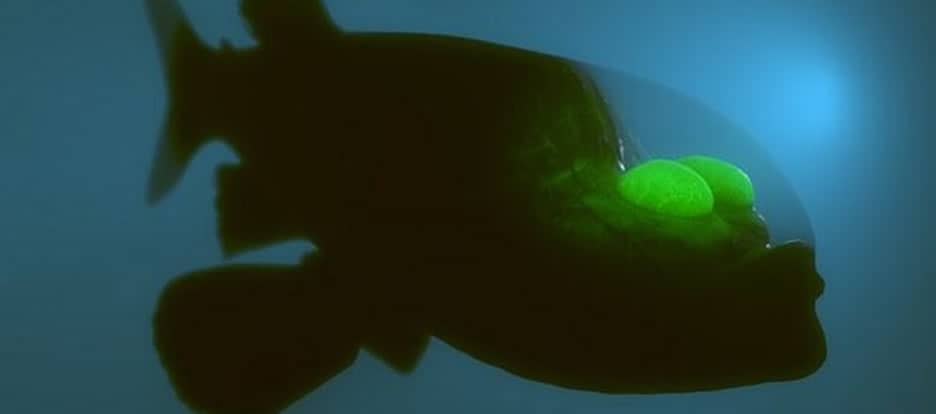A paper in The British Medical Journal in December reported that cognitive behavioral therapy — a means of coaxing people into changing the way they think as effective as Prozac or Zoloft in treating major depression.
In ways no one understands,talk therapy reaches down into the biological plumbing and affects the flow of neurotransmitters in the brain. Other studies have found similar results for “mindfulness” — Buddhist-inspired meditation in which one’s thoughts are allowed to drift gently through the head like clouds reflected in still mountain water.
Findings like these have become so commonplace that it’s easy to forget their strange implications.
Depression can be treated in two radically different ways: by altering the brain with chemicals, or by altering the mind by talking to a therapist. But we still can’t explain how mind arises from matter or how, in turn, mind acts on the brain.
This longstanding conundrum — the mind-body problem — was succinctly described by the philosopher David Chalmers s at a recent symposium at The New York Academy of Sciences. “The scientific and philosophical consensus is that there is no nonphysical soul or ego, or at least no evidence for that,” he said.
Descartes’s notion of dualism — mind and body as separate things — has long receded from science. The challenge now is to explain how the inner world of consciousness arises from the flesh of the brain.
Michael Graziano, a neuroscientist at Princeton University, suggested to the audience that consciousness is a kind of con game the brain plays with itself. The brain is a computer that evolved to simulate the outside world. Among its internal models is a simulation of itself — a crude approximation of its own neurological processes.
Continue reading the main story











